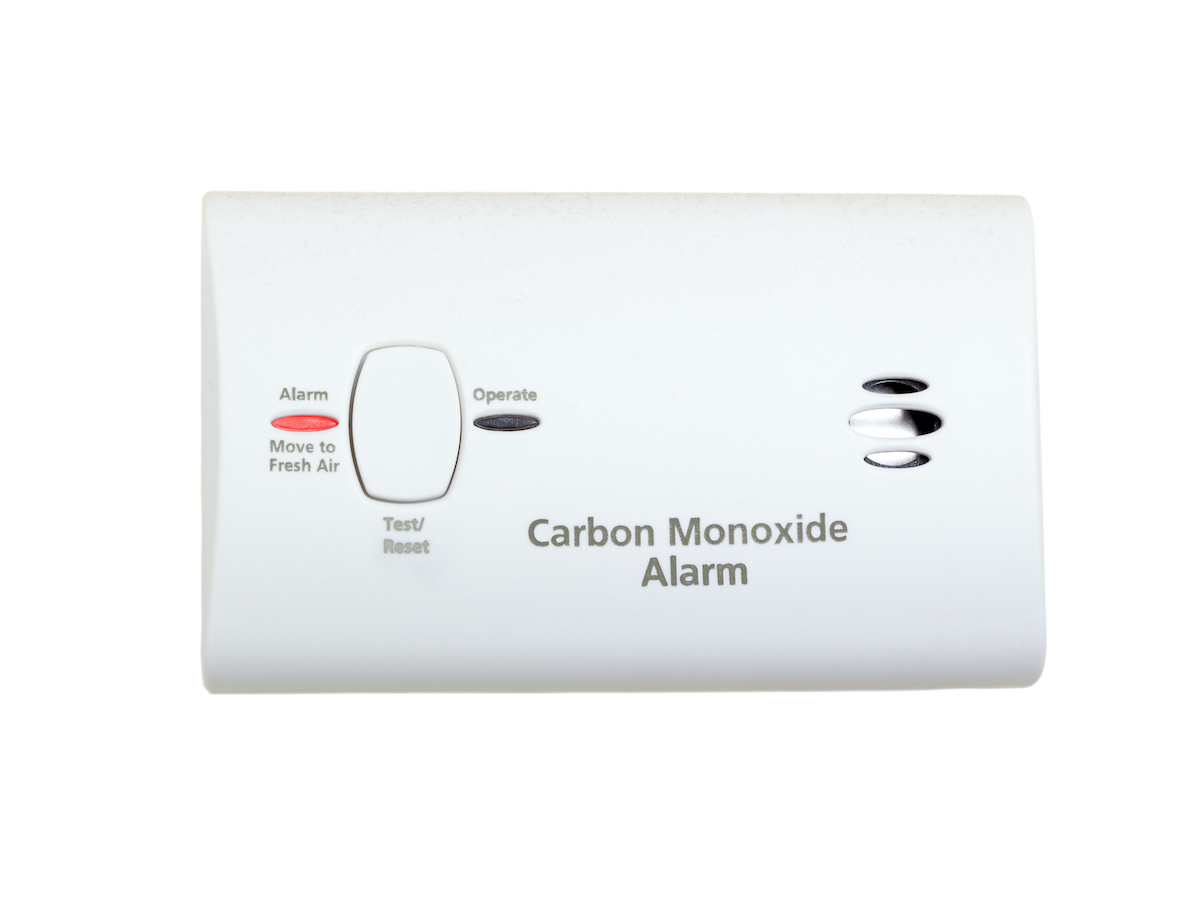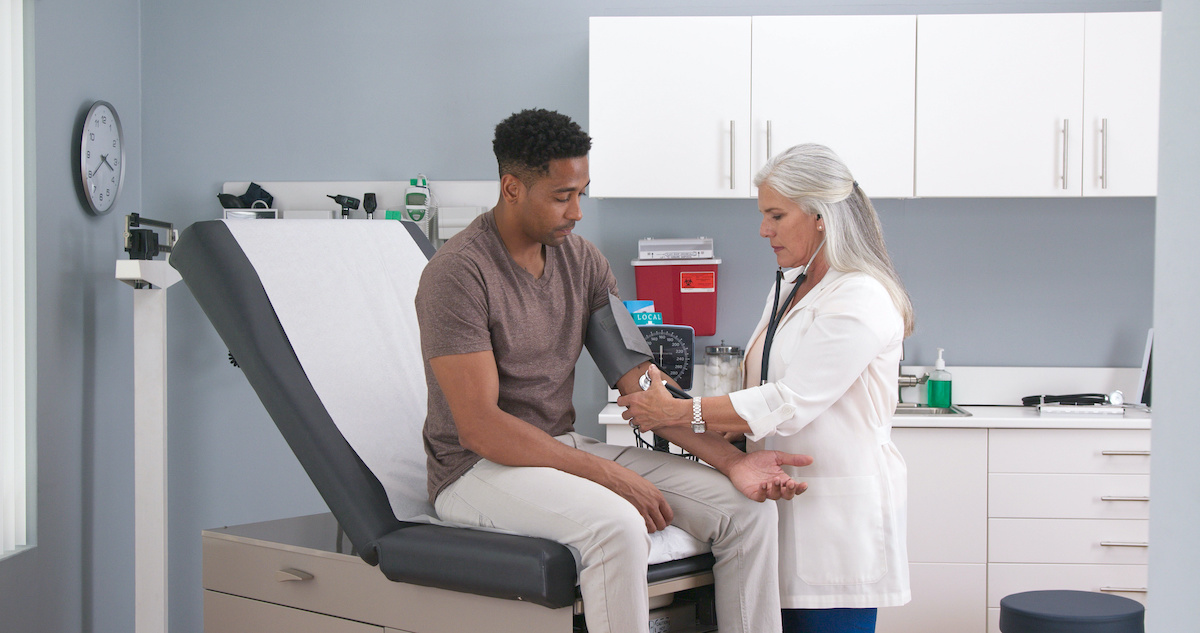
Reminder to Replace Expiring Carbon Monoxide Alarms
Known as the “silent killer,” carbon monoxide is a colorless and odorless gas that is impossible to detect without a sensing device. According to the Centers for Disease Control and Prevention, more than 50,000 emergency room visits and over 430 deaths are attributed to CO poisoning in the U.S. each year, making it the leading cause of accidental poisoning deaths in the country. Any fuel-burning appliance, including heaters, fireplaces, furnaces, appliances and cooking sources using coal, wood or petroleum products, are all potential sources of CO. It’s critical to have appliances inspected by certified licensed technicians, educate loved ones on the dangers of carbon monoxide, and develop a family escape plan in the event of a CO emergency.
CO poisoning can cause symptoms such as nausea, headaches, dizziness, chest pain and vomiting that mimic those of many other illnesses, making it difficult to diagnose. In severe poisoning cases, victims can experience disorientation, unconsciousness, long-term neurological disabilities, cardiorespiratory failure, or death.
South Carolina requires CO (carbon monoxide) alarms in all newly constructed dwelling units and occupancies. Individual homeowners all should have these alarms installed in their homes. Because of these alarms, countless lives have been saved from the dangers of this invisible, odorless, and potentially fatal gas.
However, alarms don’t last forever, and there is need to replace CO alarms as they approach expiration. The alarms will start beeping regularly and continuously if they need replacement.
While alarm lifespans may vary by model and manufacturer, a properly maintained CO alarm had a lifespan of approximately five to seven years. The last few years have seen significant advancements in technology, extending the lifespans of some to CO sealed battery alarms to 10 years.
As an extra safety measure, most CO alarms feature end-of-life warning to alert residents to the need for replacement. The end-of-life signal differs significantly from the 85-decibel horn heard in an emergency or during regular testing of the alarm. It also differs from the low-battery chirp, and usually consists of 3-5 short sounds. Check the back of the alarm, as well as the alarm’s user manual, for specific information on these different signals.
If you can’t think of the last time you installed a smoke or carbon monoxide alarm, chances are, it’s time to replace your old ones. Installing new alarms, testing them regularly and having and practicing an escape plan are important measures you can take to help protect your family and home.
In addition to replacing CO alarms as they reach expiration, the following recommended tips and tools will help keep yourself and loved ones safer from the dangers of carbon monoxide:
Important Safety Steps
• Install alarms. CO alarms are the only way to detect this poisonous gas. The National Fire Protection Association (NFPA) recommends installing alarms on every level of the home and near each sleeping area for maximum protection. Also make sure the alarms are installed at least 15 feet away from sources of CO to reduce the possibility of nuisance alarms. It is also important to test alarms monthly and change batteries every six months, unless the alarm is powered by a sealed, 10-year battery.
· Test alarms regularly. Make sure you have alarms equipped with a test/silence button for easy testing.
• Never use generators indoors. In the case of a power outage, portable electric generators must be used outside only (at least 15 feet from your home). Never use them inside the home, in a garage or in any confined area that can allow CO to collect. And be careful to follow operating instructions closely. Also, refrain from using charcoal grills, camp stoves and other similar devices indoors.
• Be mindful of the garage. Never leave a vehicle running inside an attached garage. Even if the door is open, it is hazardous, as CO can leak into the home.
• Have fuel-burning appliances inspected regularly. Arrange for a professional inspection of all fuel-burning appliances (such as furnaces, stoves, fireplaces, clothes dryers and water heaters) annually.
• Plan Your Escape. To develop an effective escape plan, walk through your home and inspect all possible exits and escape routes. Identify two ways out of each room, including windows and doors. Practice your home emergency escape plan at least twice a year and make sure to plan a meeting spot. That way, if there is an emergency, everyone knows where to meet.
• Call 911. If an alarm sounds, leave the home immediately and move to fresh air. Then call 911 and do not go back into the home until the home is inspected and cleared.
For more information on fire and carbon monoxide safety, visit https://www.cpsc.gov/Safety-Education/Safety-Education-Centers/Carbon-Monoxide-Information-Center/CO-Alarms#;
https://www.epa.gov/indoor-air-quality-iaq/what-about-carbon-monoxide-detectors
https://www.epa.gov/indoor-air-quality-iaq/what-about-carbon-monoxide-detectors












